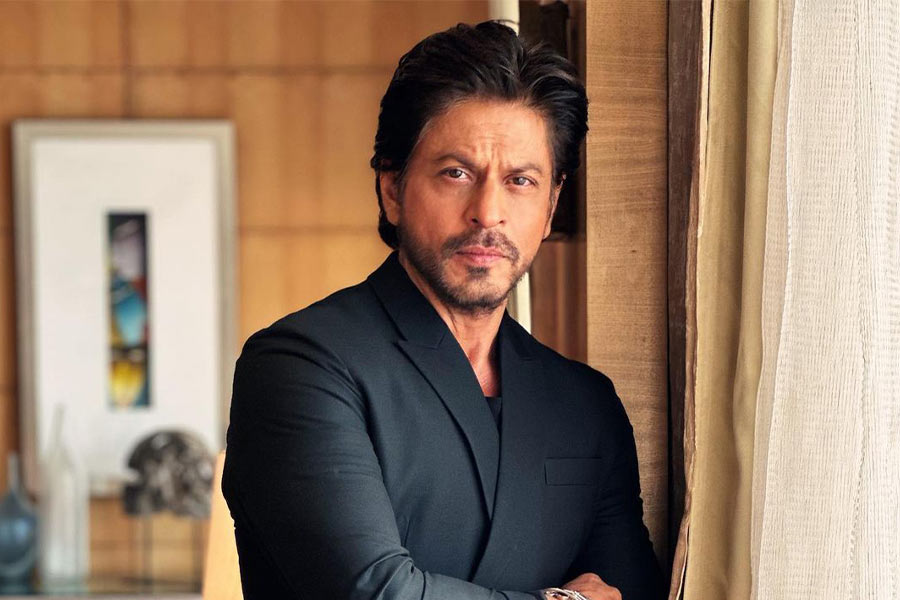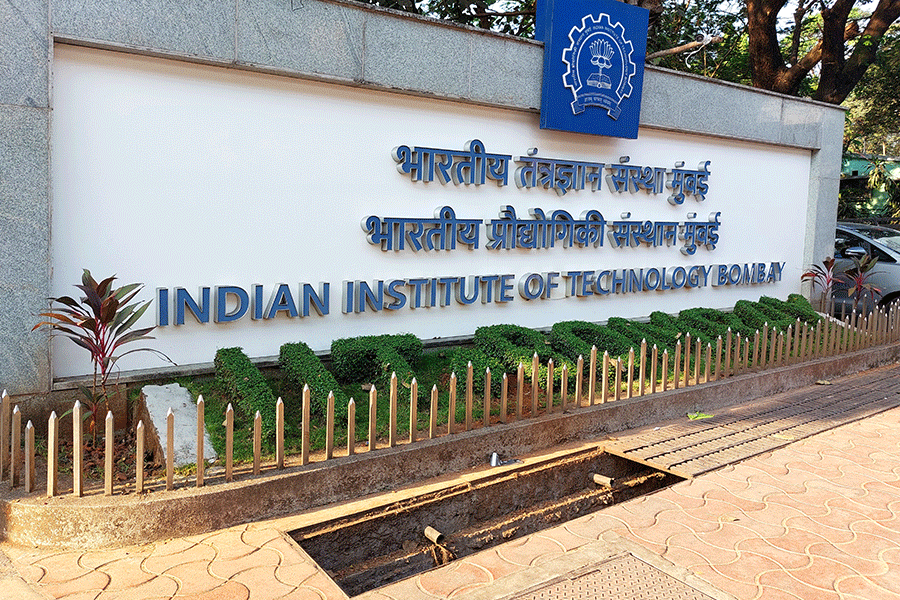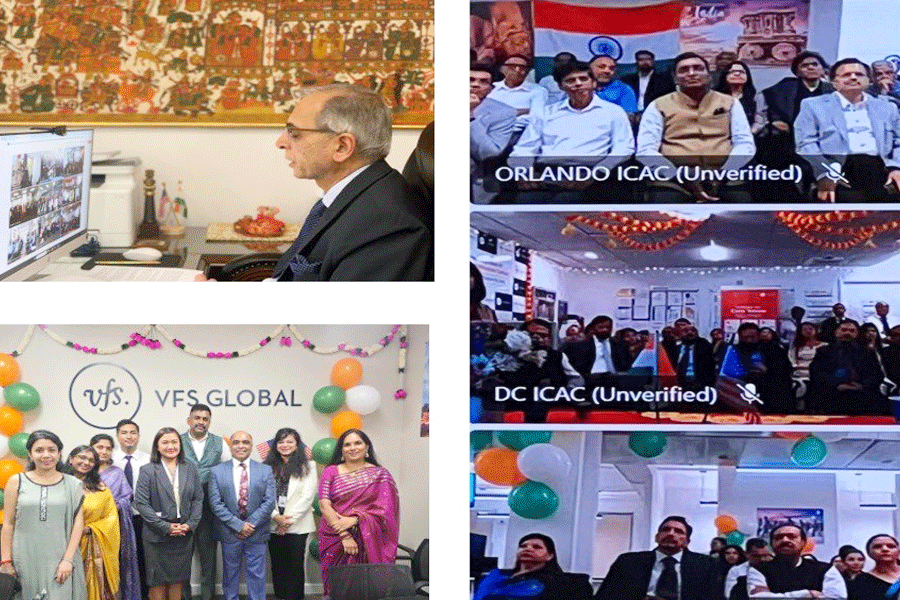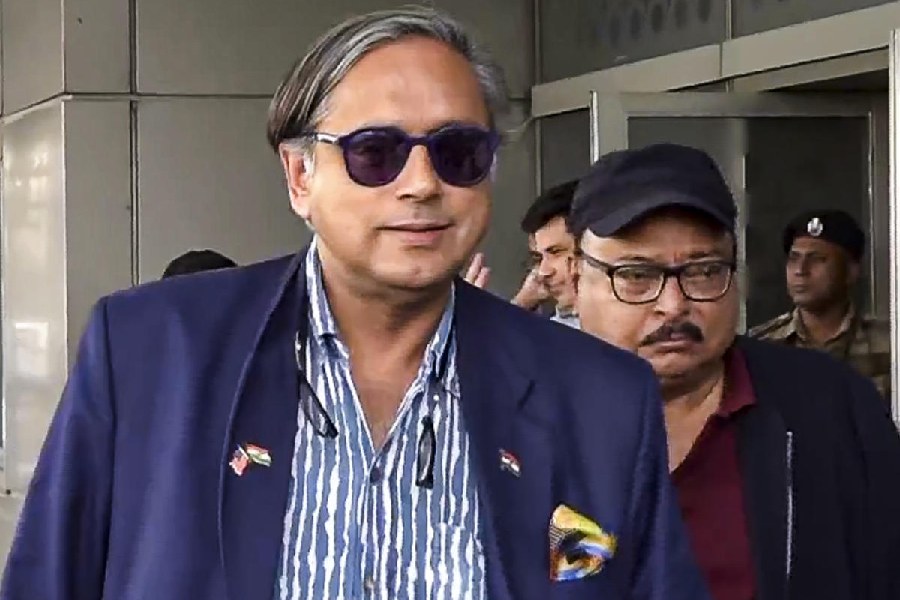 |
| Pyar hua ikraar hua: a still from Shree 420 |
Hindi cinema songs become an integral part of our lives: even a bar of the music can bring back a sheaf of memories, can instantly recreate the ambience of a particular moment and the faces of the friends you saw the film with. You can almost smell the masala muri you had as you stepped out of the cinema. You recall shamefacedly your conviction that the hunk on the screen was singing the passionate song to you alone — this at a time when even the local para Romeo who belted out the song at all the pretty girls going past was silent when it was you.
They are songs of love, about flowers and their aroma, the birds (though not the bees!), about absence, presence or betrayal: some witty, some beautiful, some hopelessly banal. Between the lyrics, the orchestration, the “picturisation” and the memories, however, they are truly evergreen.
I discovered with delight they can all be accessed on the Internet on YouTube and the lyrics, at a site called Hindi Lyrix. Sometimes (execrable) translations are also appended: is this for the benefit of the second generation NRI?
Generations of listeners know these songs via antakshari and Chitrahaar. Pre-TV aficionados heard Bhule Huye Geet on Radio Ceylon from 8 every morning. Few sessions went on air without a Saigal number. To this day a Saigal song brings back the anxieties and excitement of setting out for school.
A restaurant with a clientele of middle-aged people will play Kishore Kumar and Mohd Rafi. I believe more people stand up spontaneously when they hear Lata Mangeshkar’s number about the soldiers who lost their lives in the 1962 war, than they do for the National Anthem. Apparently Pandit Nehru himself shed tears when he heard the song.
Once I saw a crowd of people around a TV set in a park. The song being played was from the film Sargam about Lord Rama returning to Ayodhya after destroying the forces of evil. The pictures on the screen showed the progress of L.K. Advani’s rath yatra. I was horrified, but impressed against my will at the combination of technology and Hindi cinema music to garner votes for a party.
Witty parodies appear in ad jingles: in a moving song sung by her new friend to a betrayed Shabana Azmi, gam (sorrow) becomes chewing gum.
I listened incessantly to Jaane voh kaise (from Pyaasa) on a 78 r.p.m. record when I was a young student abroad. I foolishly attempted to translate the song for an English friend. By the last stanza he was rolling about in hysterical laughter: “If this is what is called life then I shall live it out thus/ I shall not sigh out loud, shall stitch up my lips, drink up my tears.”
“How will you collect them? In a teacup?” he asked derisively. “And how will you drink them through sealed up lips anyway? What a wimp!”
I still love that song but I have learnt my lesson about translating for the uninitiated.
Let me end with a quiz:
1. The following song pokes gentle fun at the inability of the Panjabi to say the short ‘e’ sound. Name the film, the actors and the singers: “Suno suno Ms Chatterji, Mere dil ka ‘matter’ji, kalkate vali ruth gayi hai. Baat nahi yeh batter ji. B e t t e r batter, b e t t e r, batter.”
2. Translate back into the original, name the films, the singers and the actors.
i)“Every moment life changes its appearance/ It moves seamlessly from shade into sunshine/ So live every moment here to the full/For tomorrow may or may not come.”
ii) “The agonised heart urges you to come/ Don’t hide from me please, just come/ Spring is not spring without you:/ Indeed flowers refuse to blossom until you arrive.”
iii) “When your head reels/ Or your heart sinks to the depths/ Come to me, my beloved/ your worries will cease.”
iv) “This heart broke into a thousand pieces, some fell here and some there…”
v) “Travellers in the journey of life, we meet inevitably to part, leaving behind only memories to torment us.”
Golden oldies like us appreciate the Internet’s resources for returning these golden oldies to us. No prizes for the right answers.










